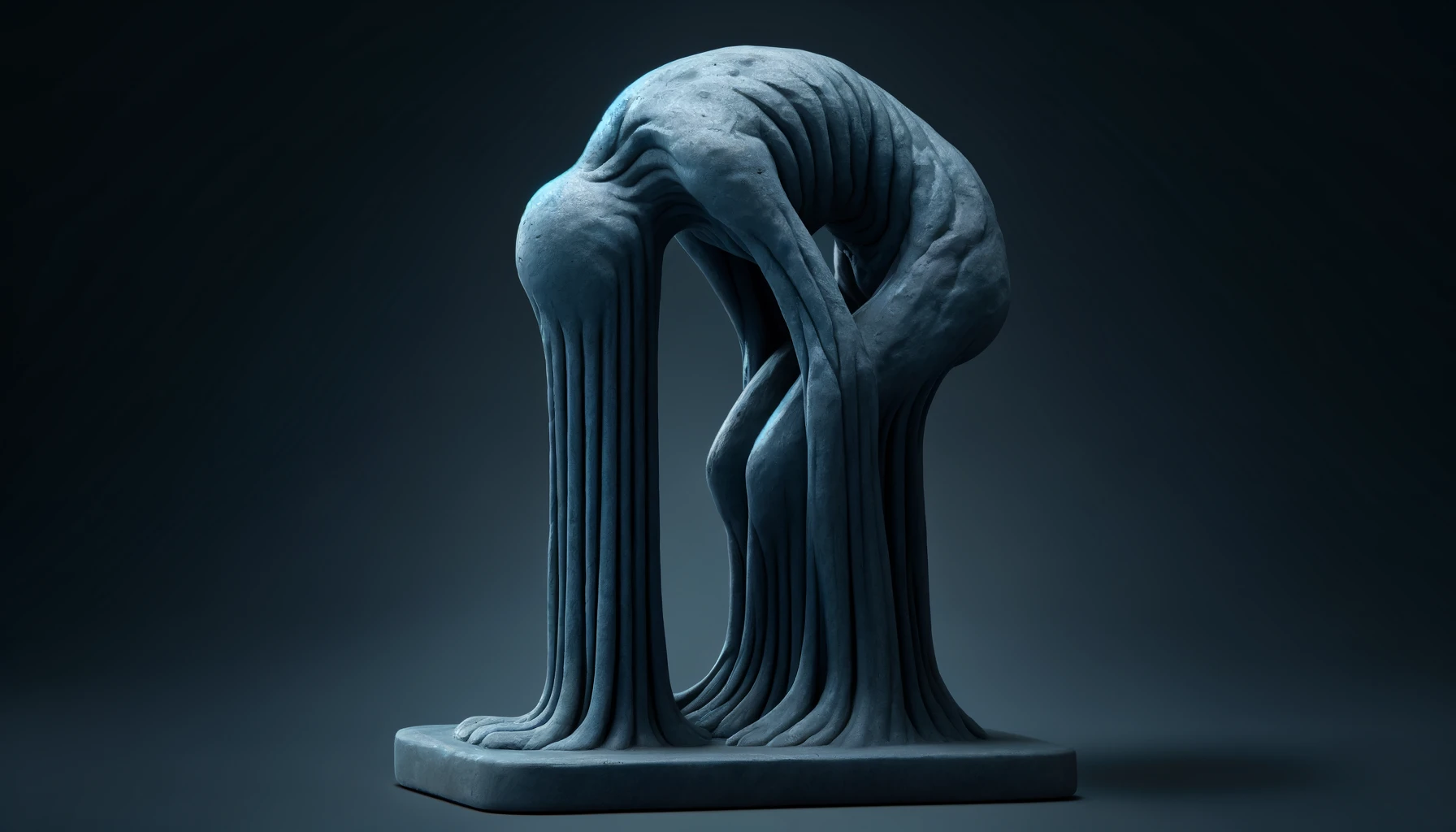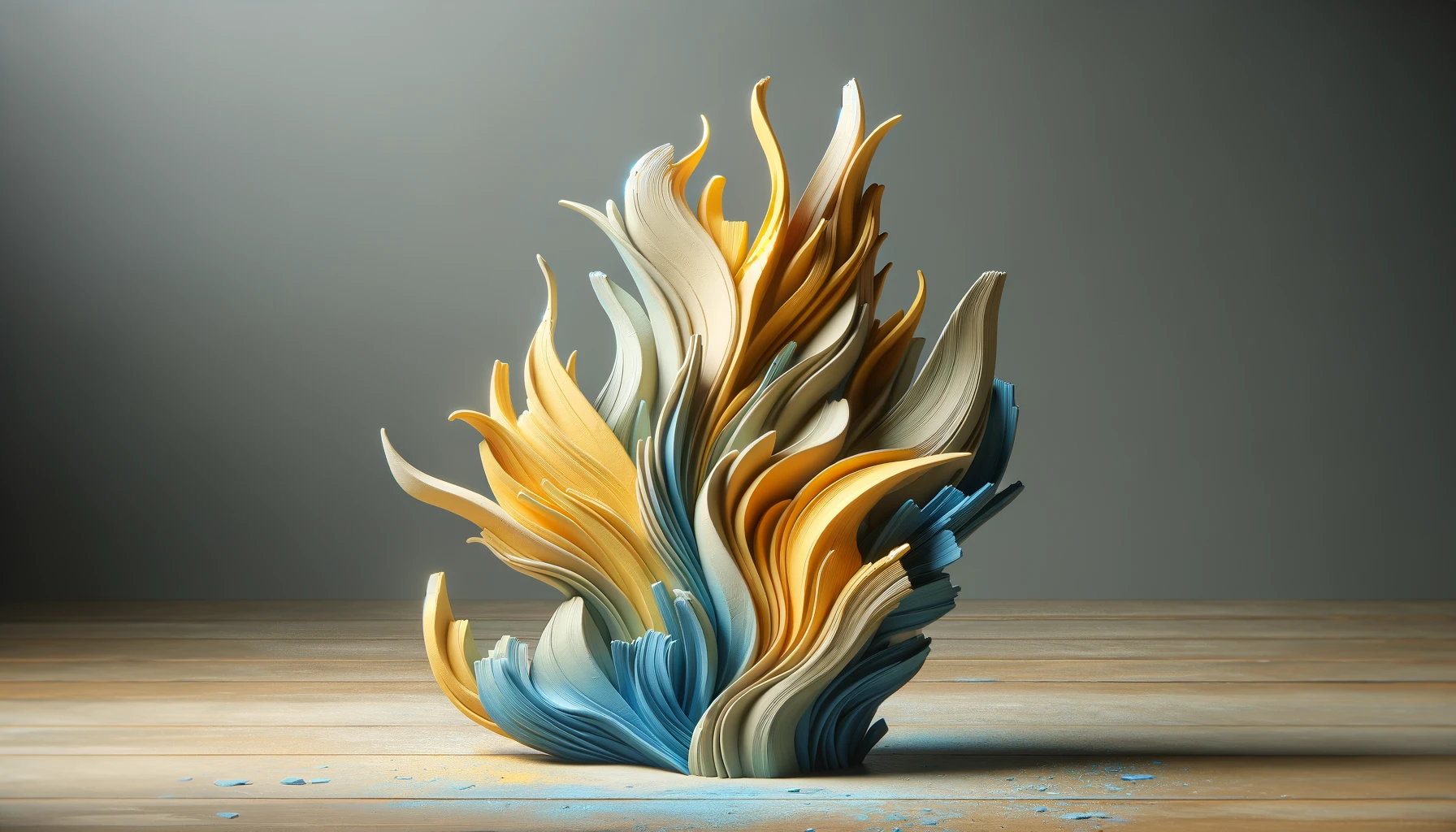Emotion Ai-mplified
Tiffany Duran






Exploring the Impact of AI on
Artistic Creativity and Expression.
Artificial intelligence has increasingly found its way into diverse
creative fields, fundamentally reshaping the way art is conceived, produced,
and appreciated. From the world of visual arts to music and literature, AI
technologies have rapidly evolved, allowing artists to explore new frontiers
in creativity.
Investigating AI's role in the creative process can show how it can be used to amplify an artist’s ideas and be a source of inspiration, especially for understanding its influence on conceptualizing and expressing emotions through art. Learning the role of AI in the creative process offers insights into how technology can serve as both a tool and an inspiration for artists. Researching AI's role in the creative process is not only about harnessing technology's potential but also about expanding the horizons of artistic expression. By leveraging AI's capabilities, artists can deepen their exploration of themes and refine their artistic expression.
Research Question: What is the impact of AI on the creative process for artists, specifically in generating ideas and refining artistic expressions?
Approach: I created 4 artwork pieces using air-dry clay and paints integrating AI generated ideas. I worked with Ai to brainstorm emotions and create prompts for Ai image generation to express these emotions physically. Using inspiration from the prompts and image generation, I created my own pieces. I displayed the Ai generated pieces next to my physically created pieces as comparison of works to showcase Ai’s role in generating ideas and refining my artistic expression in my final design.
Emotion Selection: I worked with AI to brainstorm and select the emotions I wanted to physically convey, which added depth and diversity to my creative process. The AI provided me with a unique set of suggestions that I might not have considered otherwise. Through this collaboration, I explored emotions like sadness, panic, euphoria, and empathy in novel ways. The AI's ability to suggest and refine ideas based on subtle nuances was extremely helpful in ensuring that each emotion was carefully selected for its potential to be physically depicted.
Prompt Generation: After selecting the emotions, I used AI to help craft prompts. These prompts served as a blueprint for AI image generation, capturing the essence of each emotion in a structured yet flexible manner. I reviewed these prompts, adjusting where necessary to ensure they aligned with my vision. This iterative process of refining prompts allowed me to channel the AI's creativity into a focused direction.
Image Generation and Selection: Using the refined prompts, I then employed AI to generate visual representations of the emotions from its unique perspective. The results were interesting, showcasing the AI's interpretation of emotions in ways that were both familiar and surprising. These AI-generated images served as a valuable source of inspiration for my own artistic journey, providing tangible examples of how the emotions could be expressed visually. By analyzing these images, I gained insights into the nuances of physical emotional expression, which in turn influenced my creative process. This collaboration between human creativity and AI technology ultimately enriched my ability to depict emotions in a physical form.
Discussion
Interpretation: The findings of this project show the impact that AI can have on the artistic process. Working with AI provided an expanded creative palette, enhancing ideation by suggesting a broader range of ideas and interpretations that I might not have otherwise considered. This collaboration between artist and AI allowed for a unique interplay of creativity, where human intuition and technological precision coalesced into a richer creative process. This synergy between technology and creativity represents a new frontier in the artistic process, where AI acts as both a tool and a collaborator, enriching how artists conceptualize and artistic expression.
Implications: The implications of these findings are multifaceted. For artists, AI introduces new creative possibilities that challenge traditional methods and expand the boundaries of what art can be. This technology democratizes creativity, offering artists of varying skill levels access to advanced tools that enhance their creative vision. For the art community, AI's influence necessitates a reevaluation of authorship, originality, and artistic value, as machine-generated works blur the lines between human and digital creativity. As AI continues to evolve, it will undoubtedly shape how we create, perceive, and engage with art.